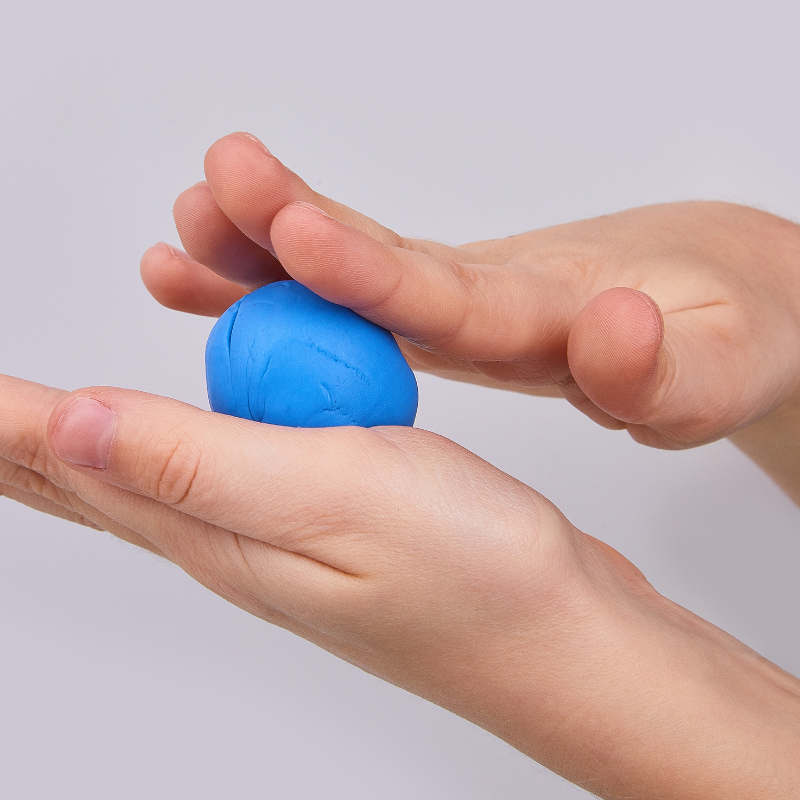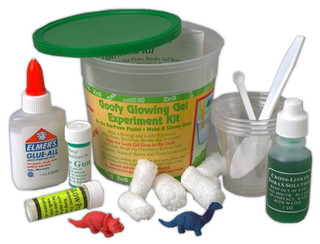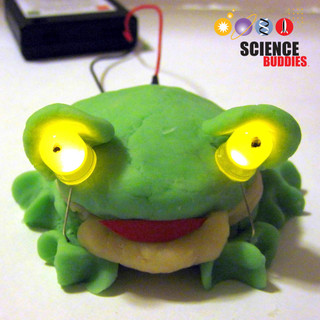The white glue contains polyvinyl acetate, a strong and flexible polymer that gives the ball strength. Cornstarch contains amylopectin, a polymer whose shape is best described as ‘branched’ – it sticks out like the branches of a tree – and gives the ball the property of elasticity. Elasticity allows the ball to return to its original shape after being compressed or stretched, such as hitting the floor. So instead of splattering everywhere, the ball bounces back up. The borax is needed to help the glue and the starch stick together. This connects the two polymers into a netlike formation, keeping the ball from crumbling or becoming slime when it is bounced.









